We may earn money or products from the companies mentioned in this post. This means if you click on the link and purchase the item, I will receive a small commission at no extra cost to you ... you're just helping re-supply our family's travel fund.
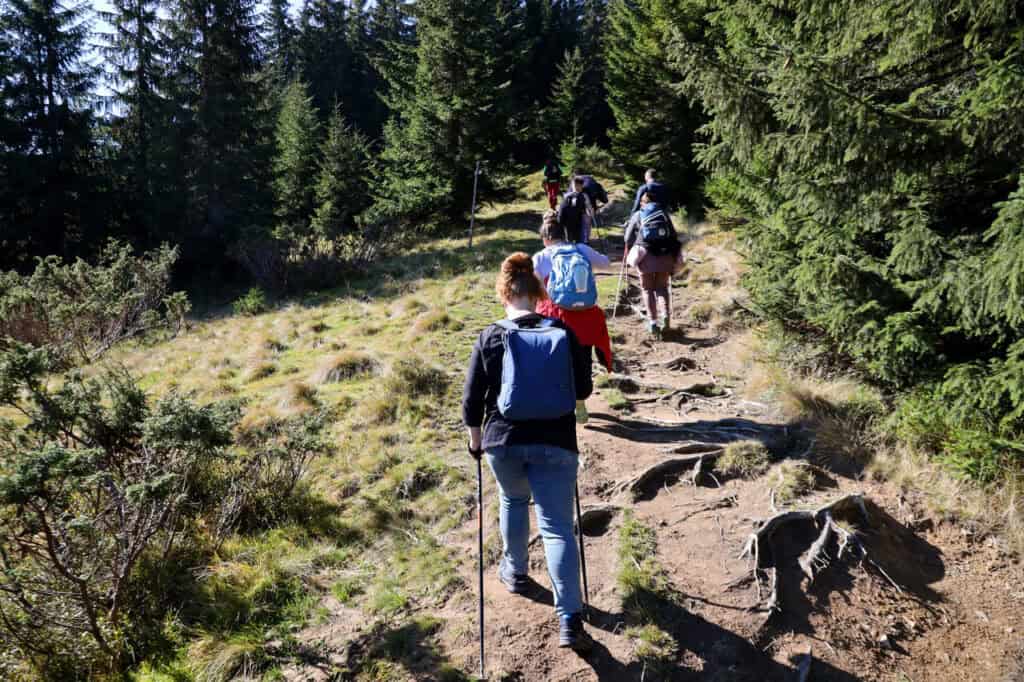
Hiking doesn’t have to be intimidating, even for beginners. With the right preparation and a few thoughtful choices, your time on the trail can be both enjoyable and stress-free. Simple steps like selecting comfortable gear, bringing enough water, and pacing yourself help you avoid common mistakes. By focusing on small strategies and letting go of pressure, you’ll feel more confident with each hike and get to fully enjoy the best part exploring nature at your own rhythm.
1. Choose the Right Trail for Your Level
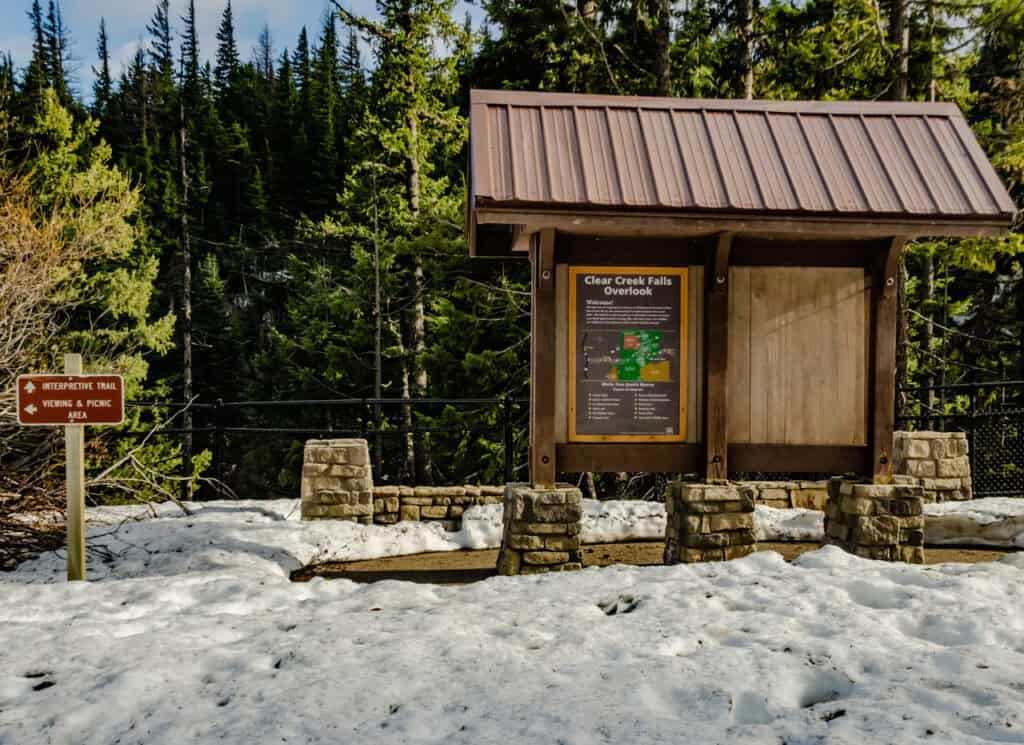
Picking a trail that matches your fitness and experience is the best way to set yourself up for success. Beginners often underestimate how challenging certain routes can be, especially if they involve steep climbs or tricky terrain. Start with short, well-marked paths that list clear distance and elevation details. Many trail apps and websites let you filter by difficulty, so use those tools before you go. Over time, you’ll build the stamina and skills to tackle longer, more demanding hikes.
2. Break in Your Hiking Shoes First
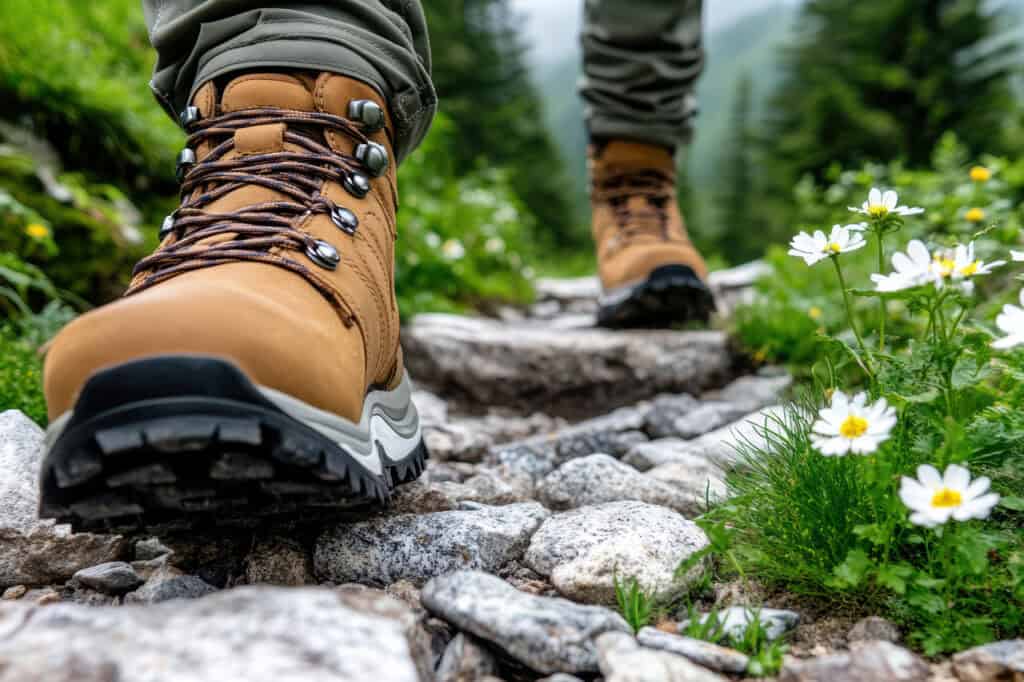
Blisters are one of the fastest ways to ruin a hike. That’s why you should never head out in brand-new boots or shoes without breaking them in. Wear them around the house, on short walks, or during errands to let the material mold to your feet. Well-fitted hiking socks also make a huge difference by keeping your feet dry and reducing friction. Comfortable shoes keep you steady, prevent injuries, and let you focus on the scenery instead of sore feet.
3. Dress in Light Layers
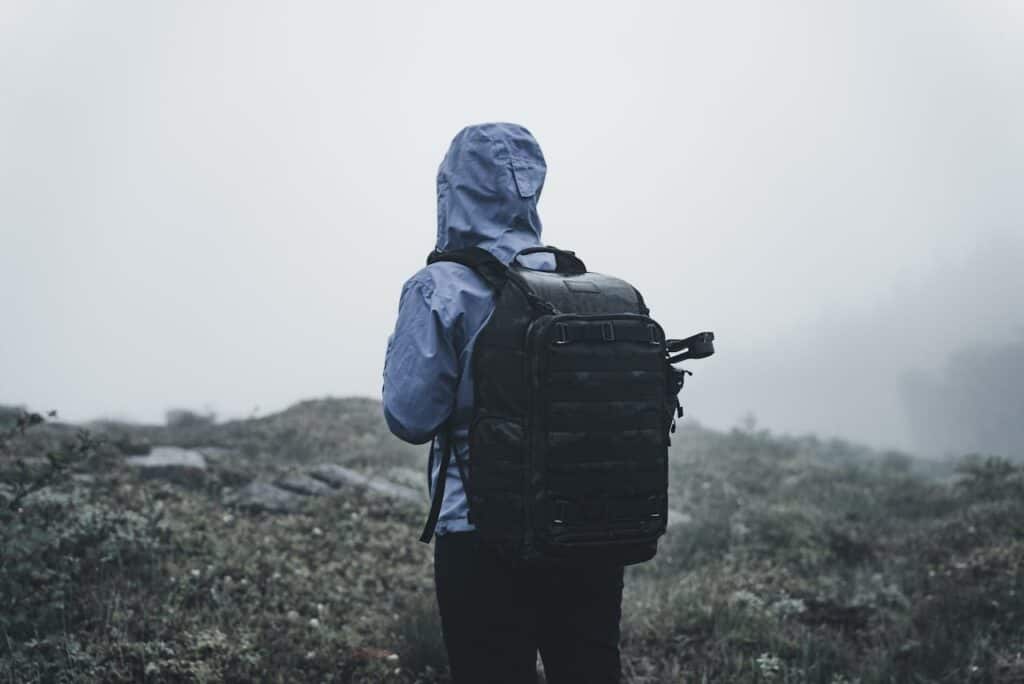
Weather can change quickly on a trail, and your body temperature shifts as you climb or rest. That’s why layering matters. Start with a breathable base layer, add a lightweight insulating layer, and carry a windproof or waterproof jacket. Avoid heavy cotton clothing because it holds moisture and makes you cold once you sweat. Layers let you adjust easily, stay dry, and move comfortably through different conditions without carrying too much bulk in your pack.
4. Pack Only the Essentials
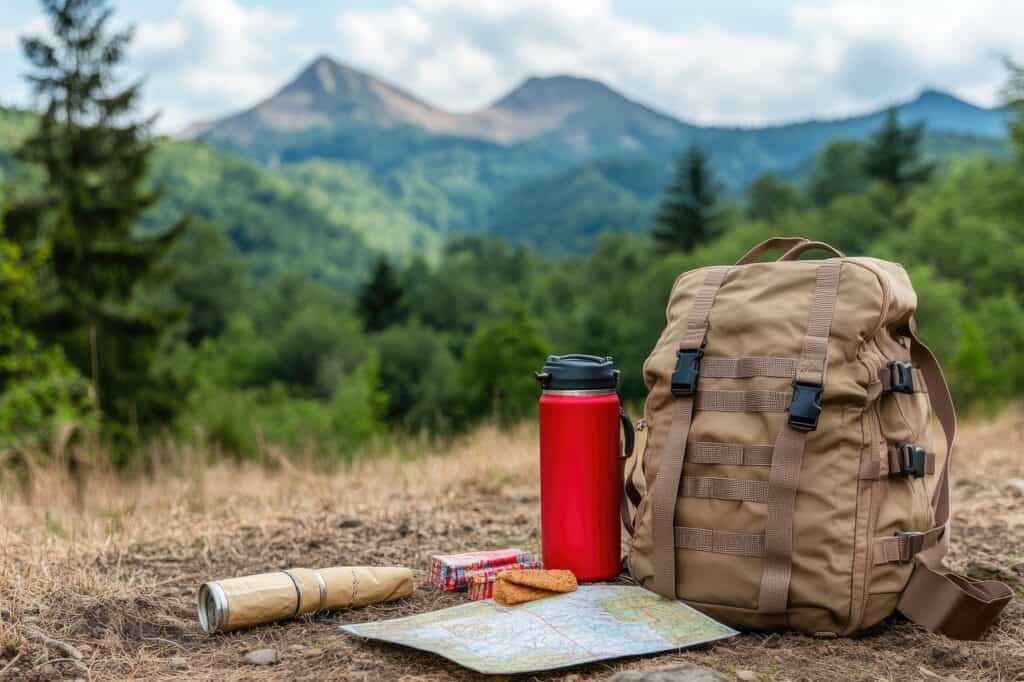
Carrying too much can weigh you down, but leaving out critical items can make you miserable. For a beginner-friendly hike, bring water, snacks, sunscreen, a first aid kit, a basic map, and a small flashlight or headlamp. Many hikers also carry trekking poles for balance. The trick is finding the balance between overpacking and underpacking. A compact daypack with the basics will give you peace of mind without slowing you down.
5. Stay Hydrated the Smart Way
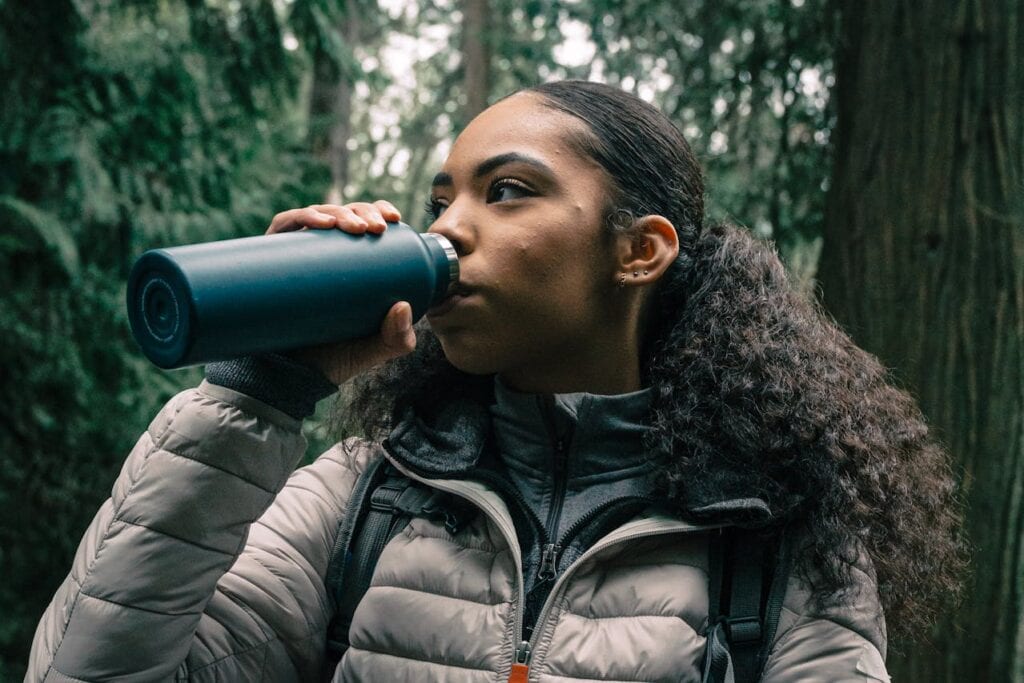
It’s easy to underestimate how much water you’ll need, especially on cooler days when you don’t feel as thirsty. A good rule is to drink small amounts often instead of gulping down large amounts at once. A reusable water bottle or hydration bladder helps you pace your intake. If you’re going on a longer trail, pack a water filter or purification tablets in case you need to refill from a stream. Proper hydration keeps your energy steady.
6. Fuel Your Body with Snacks

Hiking burns more calories than you think, even on shorter trails. Having the right snacks on hand prevents you from feeling sluggish. Trail mix, granola bars, dried fruit, or jerky are easy to carry and give you quick energy. Avoid foods that are heavy or greasy, since they can slow you down. Think of snacks as fuel for your body. A steady intake of small bites throughout the hike will keep you energized and focused.
7. Learn to Read Trail Signs
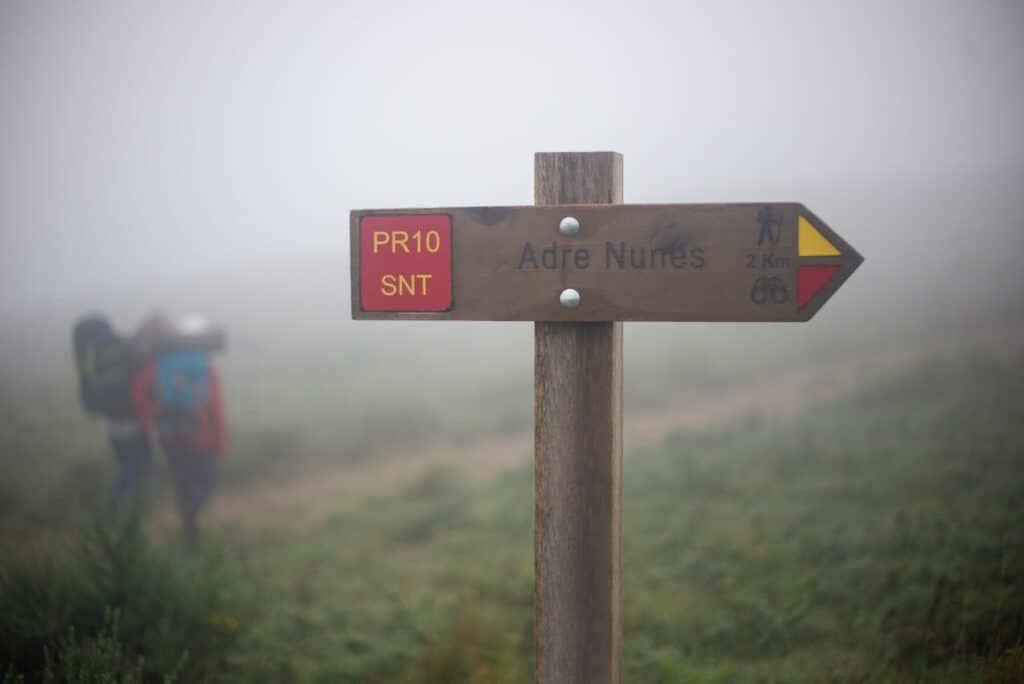
Trail signs and markers are your best friend when you’re starting out. Pay attention to blazes painted on trees, wooden signs, or symbols on posts that guide the way. If you miss them, you can easily drift onto the wrong path. Before heading out, review the trail map and know the color or symbols you should follow. Getting familiar with these signs gives you confidence and keeps you from wasting energy retracing steps later.
8. Respect Your Pace
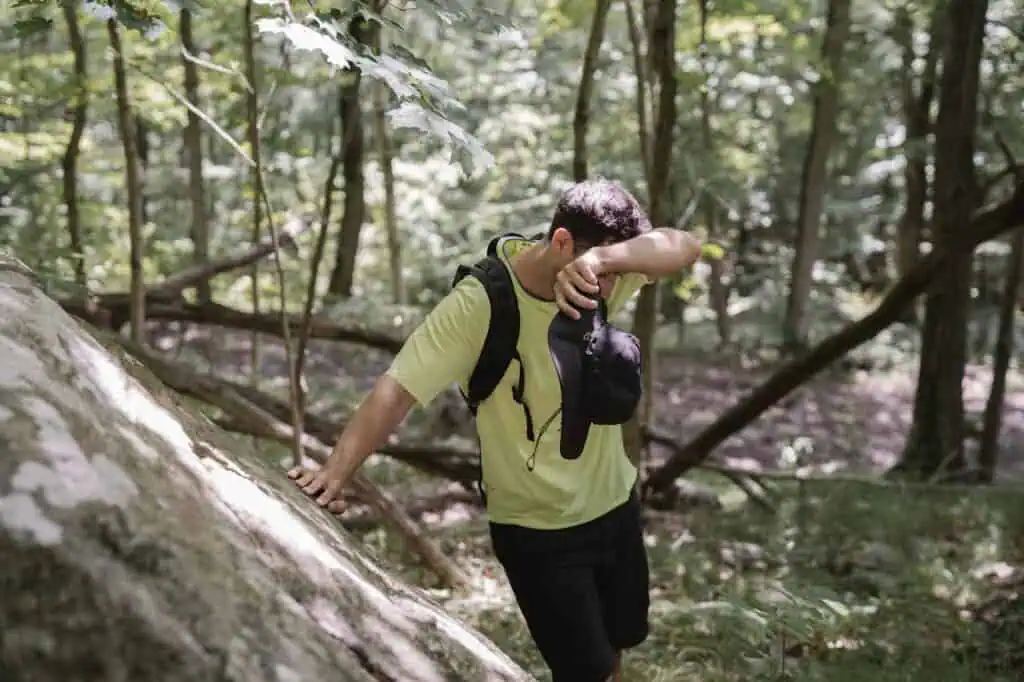
One of the most common beginner mistakes is starting too fast. Hiking isn’t a race, and finding a pace that feels comfortable will help you last longer without burning out. Take steady, consistent steps, and pause for short breaks when you need them. It’s better to move at a moderate pace and finish strong than to rush at the start and struggle later. Listening to your body makes the whole experience more enjoyable.
9. Use Trekking Poles for Support
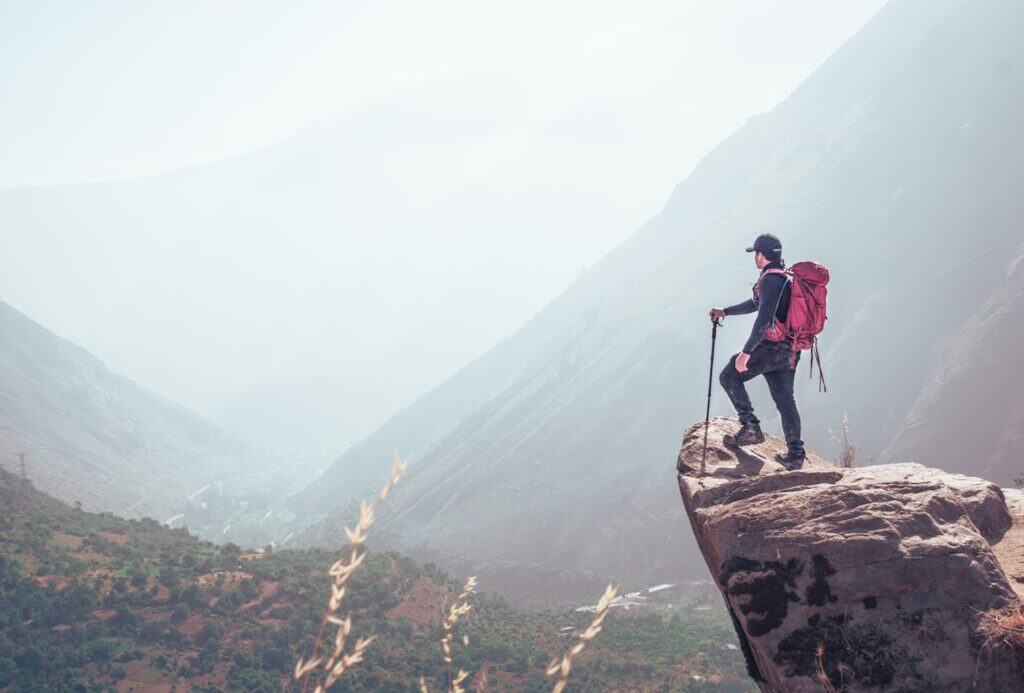
If you’ve never tried trekking poles, you might be surprised at how much they can help. They take pressure off your knees during downhill stretches and give you balance on uneven terrain. Beginners especially benefit from the added stability, which reduces the risk of tripping or twisting an ankle. Poles are lightweight, adjustable, and easy to carry when not in use. They make hiking smoother, safer, and more comfortable, especially on longer trails.
10. Learn Basic First Aid
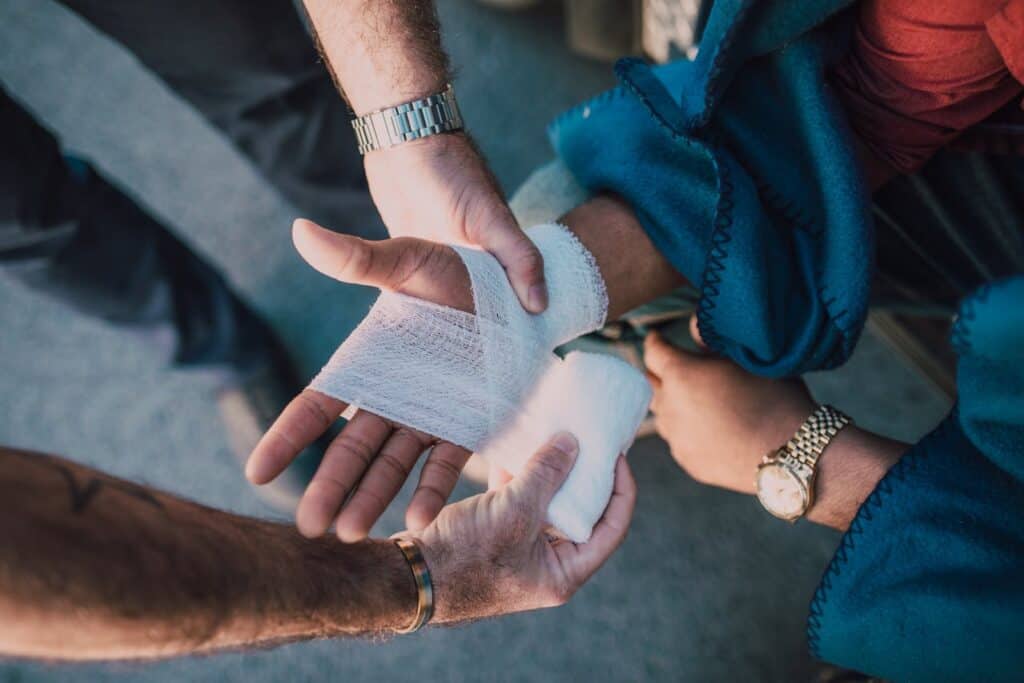
Even a small cut, blister, or sprain can feel much worse when you’re far from the trailhead. Carrying a simple first aid kit and knowing how to use it goes a long way. Learn how to clean a wound, apply bandages, and treat minor injuries like insect bites or hot spots on your feet. You don’t need advanced skills, just basic knowledge. Being prepared helps you stay calm and handle unexpected situations without stress.
11. Check the Weather Before You Go

Conditions can shift quickly outdoors, so always check the weather forecast before leaving. Rain, wind, or heat can all affect the safety and comfort of your hike. Dress appropriately and decide whether the trail is still worth tackling if conditions look rough. For beginners, it’s best to avoid hiking in storms or extreme temperatures. Good planning helps you avoid surprises and ensures you return with positive memories instead of a tough experience.
12. Carry a Map, Not Just Your Phone
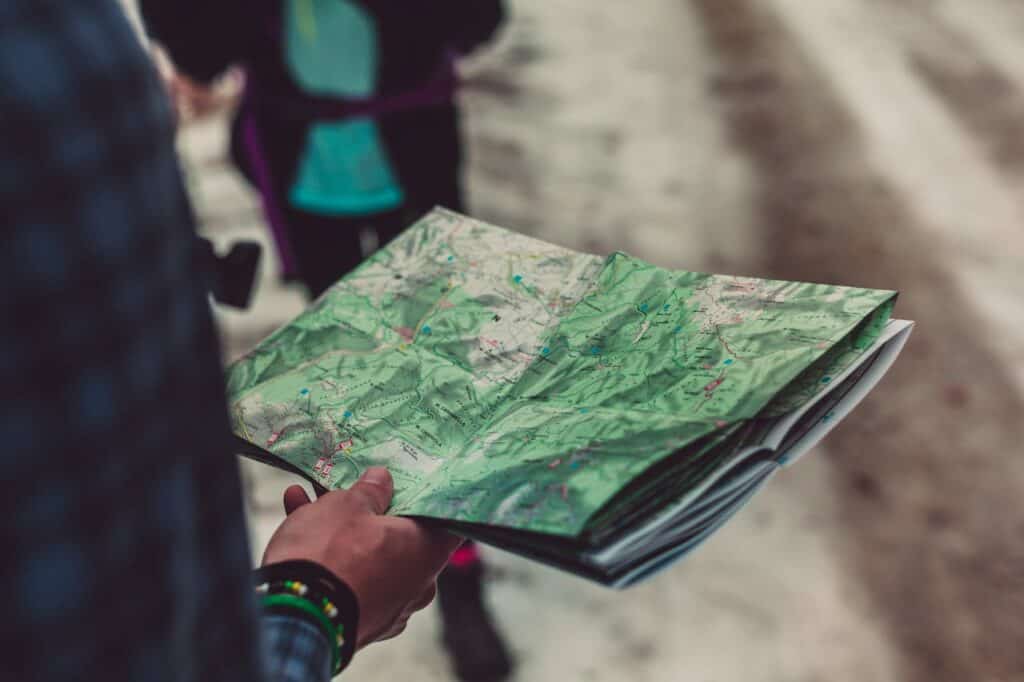
Phones are useful but unreliable on trails since signals often drop in remote areas. A paper map or a downloaded offline map gives you a backup plan. Learn how to read basic topographic symbols so you can understand distance and elevation. Even if you never need it, having a map adds security. If your phone dies, you won’t feel stuck or panicked. This small step gives beginners the confidence to explore more freely.
13. Leave No Trace Behind

Hiking is about enjoying nature, and part of that is protecting it for others. The Leave No Trace principle means carrying out all trash, avoiding damage to plants, and staying on marked trails to prevent erosion. Beginners sometimes overlook small things like food wrappers or broken gear, but even small litter harms the environment. Being mindful of your impact makes you a more responsible hiker and ensures trails stay beautiful for future visits.
14. Hike with a Buddy
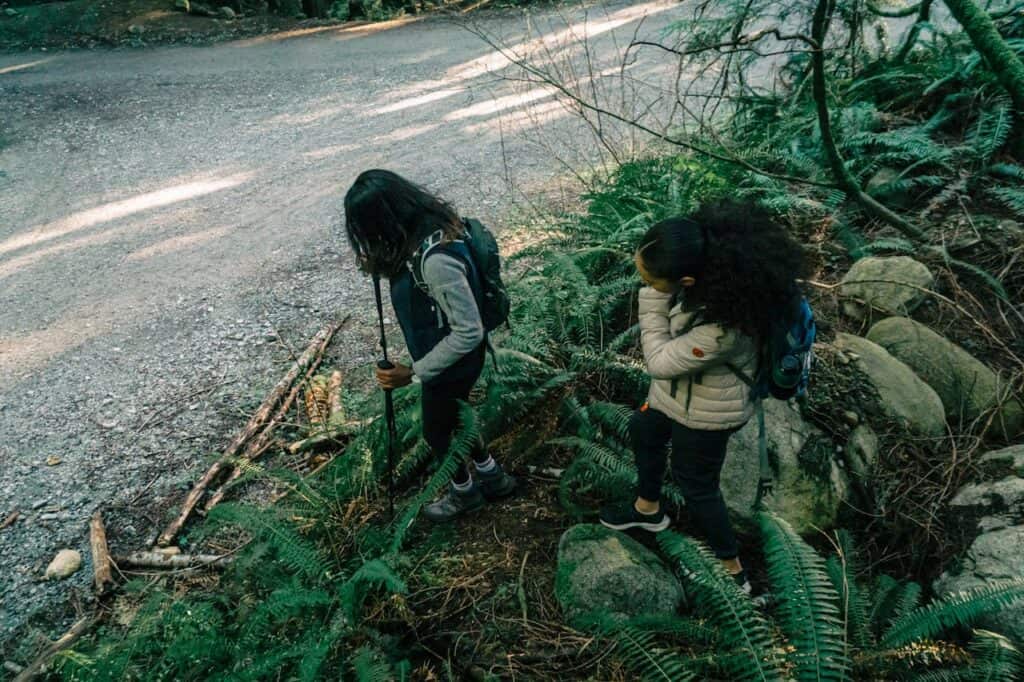
Solo hikes have their place, but if you’re new to trails, going with a friend is safer and more fun. You’ll have someone to share the experience with, plus extra help if you face a challenge. Hiking partners also keep you motivated and accountable to finish. Whether it’s tackling a hill together or celebrating at the summit, sharing the moment with someone else makes the journey more memorable.
15. Celebrate Small Wins
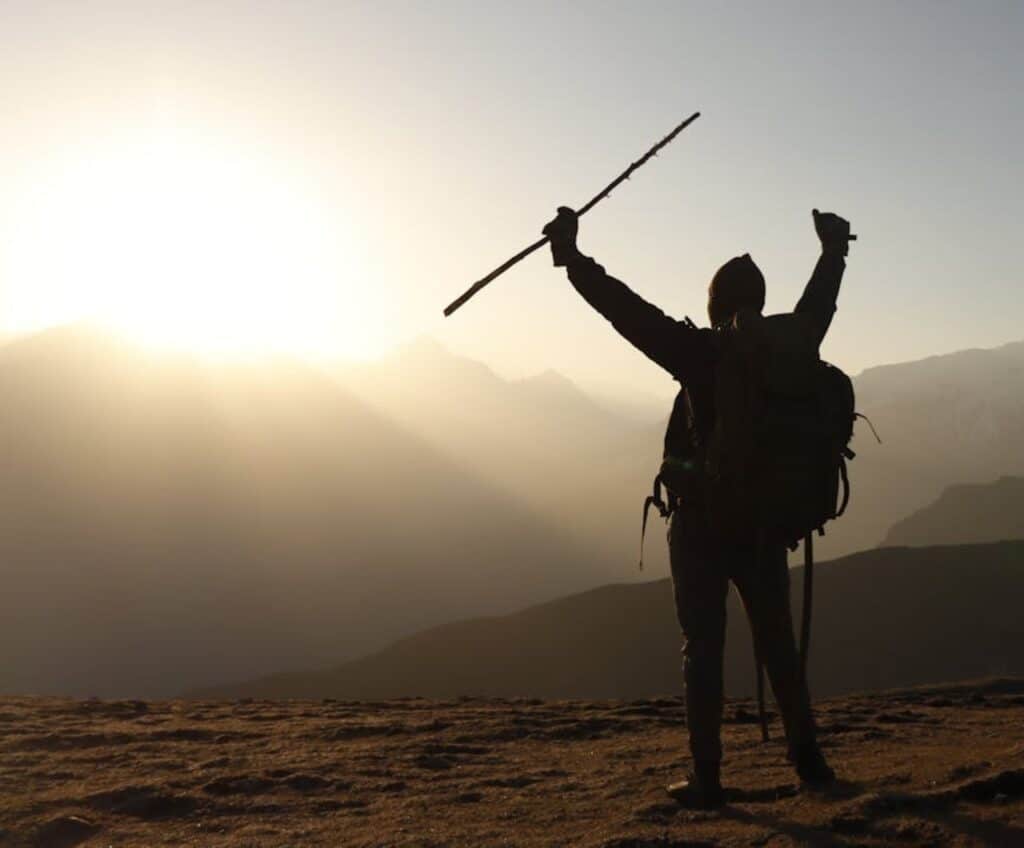
Don’t pressure yourself to complete long or challenging hikes right away. Every mile you finish is an accomplishment worth celebrating. Tracking your progress helps you see how far you’ve come, both in distance and confidence. Take pride in learning how to read a map, finishing your first uphill stretch, or discovering a new trail. Building positive experiences early on will keep you excited to return for more hikes in the future.